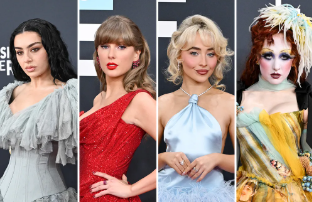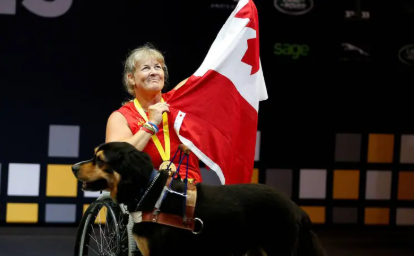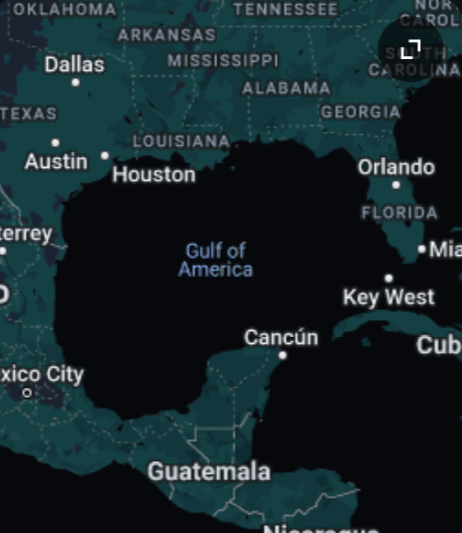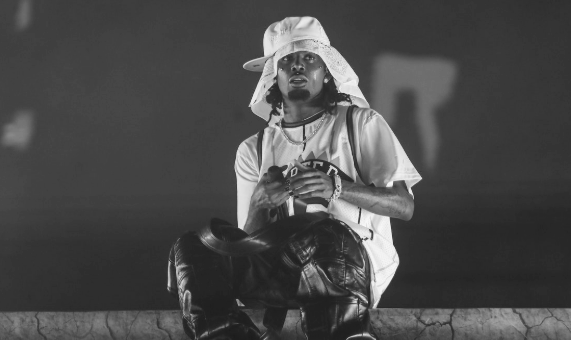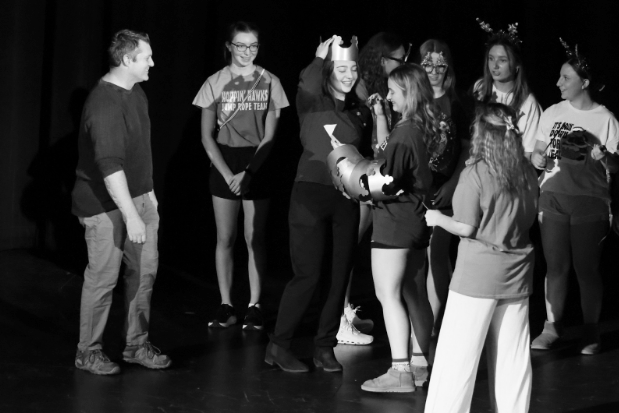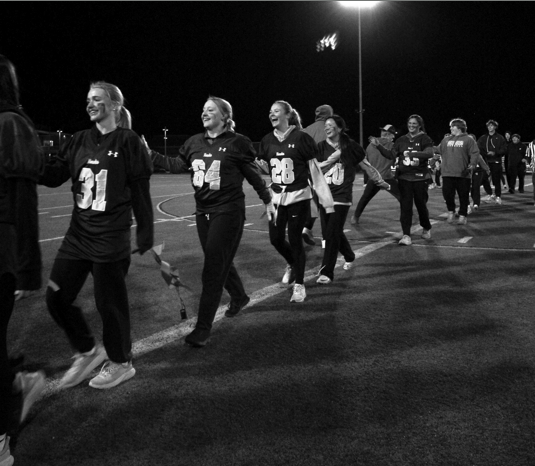Wandering around aimlessly in American Eagle to find your right size of jeans has got to be the most annoying thing ever.
Especially when a very annoyed and exhausted dad – who is trying to race the clock in order to get home in time for Sunday football – is waiting very impatiently at the front of the store for you to complete your adventures.
And, of course, while all of this is happening, you get to jump between the jeans section and the fitting rooms (and stand for what seems to be hours in the fitting room line) with around three pairs of denim, all in different sizes, lying over your arm.
All of it is because your sizing varies depending on the brand of clothes being bought. A lot of customers are (maybe) a two in Old Navy jeans, but a four in jeans from American Eagle. Why is this?
Well, vanity sizing is why. Vanity sizing, as defined by Size Charter, is “the practice of labeling clothing with sizes smaller than the item’s measurements and industry standards would indicate.” Basically, it’s when clothing brands label their clothes to be smaller than they actually are, with the intention that customers would buy their clothing since it’s “smaller.”
This affects more people than some may think. “We measured ten brands of women’s pants, all labeled size ten, and found that the waists ranged from just over 30 inches to nearly 33 inches. Tailored shirts, also labeled size ten, ranged from nearly 39 to nearly 43 inches in the bust. We saw no correlation between price and measurements,” according to Consumer Reports.
It’s “found that smaller size labels increased the self-esteem of their customers,” Forbes reports. It’s a genius concept, and it’s meant to leave a positive effect… but it doesn’t.
First of all, it’s a lie. Although the print on the back of jeans may say “eight” it could very well be a “ten.” And vanity sizing goes for all clothing, by the way. Not just jeans. It all depends on what brand someone is buying from. Brands that are notorious for vanity sizing are Brandy Melville, Free People, Zara, H&M, Forever 21, and Loft.
Secondly, it makes finding clothing that fits practically impossible. In one brand, a customer is a ten, in another brand, they’re a 12, and in another, they could be an eight. These numbers can get mixed up, and can start to get into your head. It’s just a number, but it doesn’t feel like it.
It’s more than that to some people. Not being able to fit into a size in general has a psychological effect on people. But, with vanity sizing, it just makes that all the more confusing. Because the customer feels good about themselves when they can fit into a two from Brandy Melville, but bad about themselves when they can’t fit into even a four in Old Navy.
It just adds another unnecessary “side effect” to being a person in this world. Instead, brands could just make everything a lot easier and stick to standard sizing like they’re supposed to.







